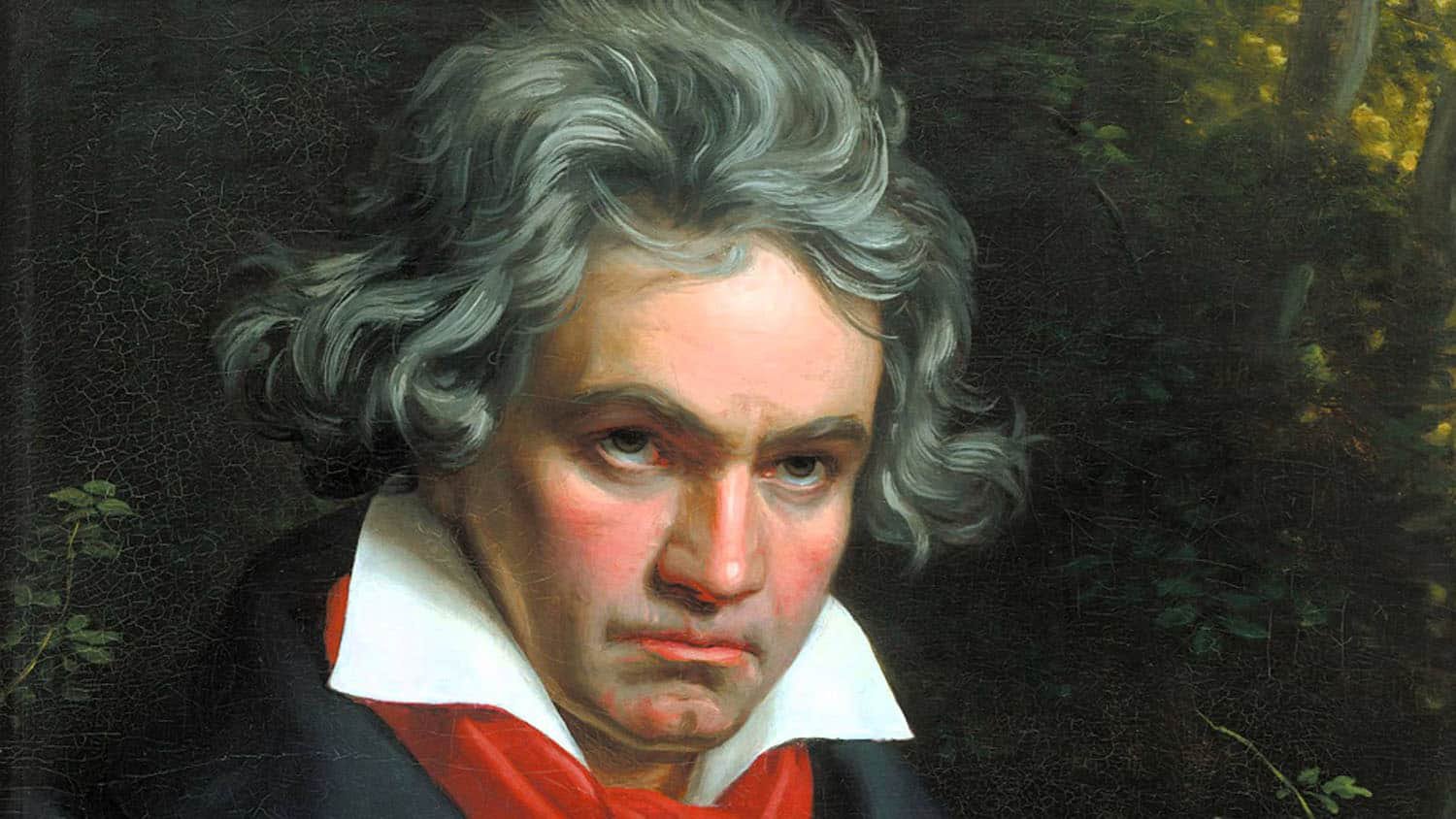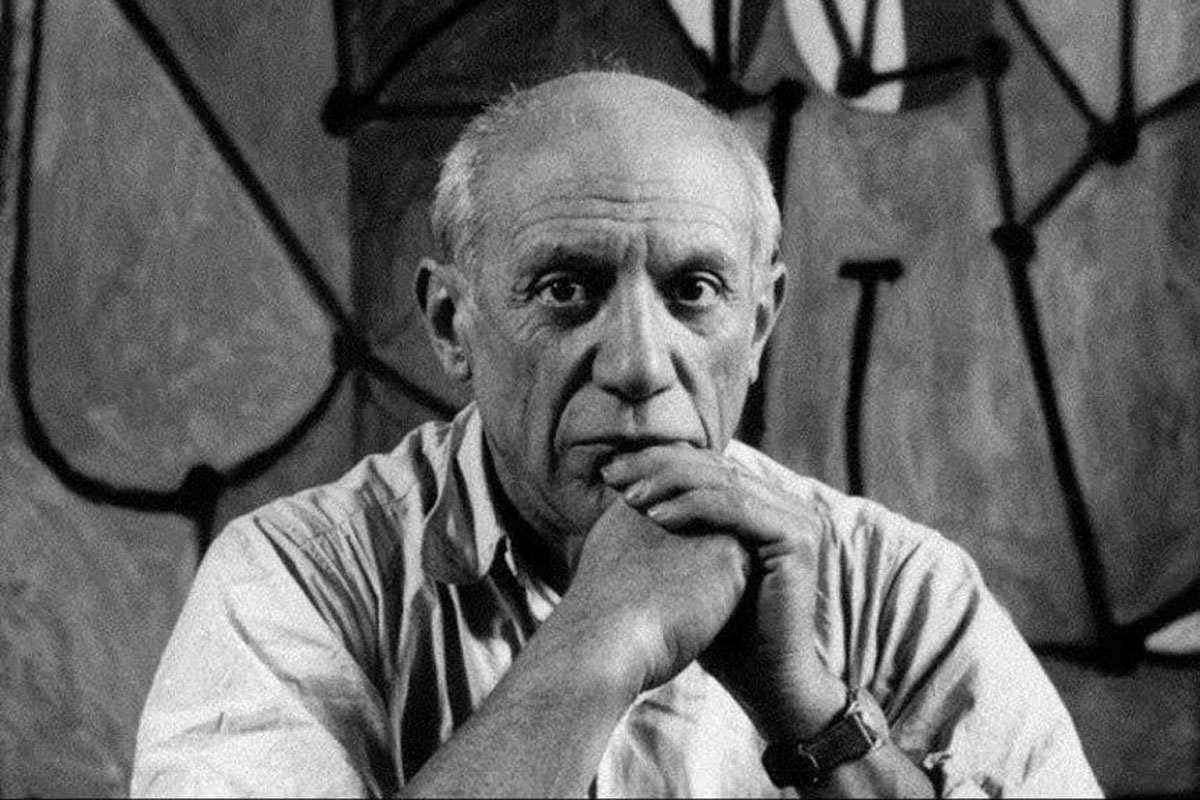This series of articles seeks to examine the character attributes of highly successful leaders, regardless of their adherence to a strong faith or moral standard. In presenting these thoughts, Leadership Ministries is not agreeing with or advocating these traits or practices, but rather presents these as ideas for discussion and development in your own leadership journey.
Walt Disney (1901 – 1966) was an American entrepreneur, film producer, animator and inventor. As a filmmaker he holds the record for the most Academy Awards, earning 22 Oscars and 59 nominations. He pioneered the art of animated films. In the 1950s he expanded into amusement parks, initiating the modern “theme park” concept with Disneyland, which grew to a multibillion-dollar worldwide business. Disney died of lung cancer in 1966.
Disney took an early interest in drawing and formed the Disney Brothers Studio with his brother Roy in the 1920s. A major mark was the development of the character Micky Mouse in 1928, which became a worldwide phenomenon and the face of the Disney empire. Following success with animated films like Snow White and the Seven Dwarfs and Bambi, Disney expanded into the new format of television, with The Mickey Mouse Club and the Wonderful World of Disney. His magical attractions for the 1964 New York World’s Fair would come home to Disneyland and set the stage for decades of innovative and entertaining rides that could swallow thousands of guests an hour.
Disney is perhaps the first corporate leader to be a television personality. He introduced his programs each week and millions knew him as a warm, outgoing and friendly personality who wanted to provide excellent family entertainment. The man behind the television screen was quite different. Many of those with whom Disney worked commented that he gave his staff little encouragement due to his exceptionally high expectations.[1]
Born in Chicago in 1901, Disney developed an early interest in drawing. He took art classes as a boy and got a job as a commercial illustrator at the age of 18. He moved to California in the early 1920s and set up the Disney Brothers Studio with his brother Roy. Photo: Disney
Tell great stories. Disney believed that everyone tells a story in their actions about what they value. Stories are also reflected in every aspect of his movies and theme parks. He said, “That’s what we storytellers do. We restore order with imagination. We instill hope again and again and again.” Disney bought the rights to many classic fairy tales and stories and made them into animated films. In his theme parks, Disney perfected the art of storytelling with rides using audio-animatronics, mechanical characters who brought the narrative to life as guests traveled along a track also experiencing lighting, music and special effects. Disney often crossed over from one medium to another, making a film into a ride and later a ride into a film.
Disney’s stories were peppered with hopeful moments. Cinderella holds onto kindness and hope for a brighter future, despite being cruelly mistreated. Hope goads Peter Pan on as he saves Neverland. Jiminy Cricket urges us all to hold onto hope as he famously wishes upon a star, singing, “When you wish upon a star, makes no difference who you are. Anything your heart desires will come to you.”[2] Disney’s legacy is still alive in the current Disney corporate leadership, who spent billions purchasing intellectual properties to own stories and characters across a variety of interests and age ranges.
Perfect the experience. Disney continually looked to improve every aspect of his films and theme parks. He was known for having impossibly high standards. Disney said, “By nature I’m an experimenter. To this day, I don’t believe in sequels. I can’t follow popular cycles. I have to move on to new things. So with the success of Mickey, I was determined to diversify.” His concept for his theme parks were works in progress that would never be completed. Indeed they have all been reworked, renovated and expanded constantly over their 70-year history.
In constructing Disneyland, Walt had an apartment built for himself above Main Street, and would often walk in the park so he could observe guests’ habits and preferences and make adjustments. When seeing an out-of-place cowboy walking through Tomorrowland to get to their work assignment, Walt came up with the concept of Utilidors—underground tunnels beneath Disneyworld where cast members could move and work behind the scenes, out of the view of guests. He said, “I don’t want the public to see the world they live in while they’re in the Park. I want them to feel they’re in another world.”
Disney had a secret apartment made above a storefront in Disneyland so that he could stay on occasion, walk the park and get impressions from guests on what was good and what needed improvement. Photo: Disney
Purpose before task. Knowing why are you doing what you are doing is paramount to successful execution. Disney’s initial idea for a theme park came from entertaining his own children and finding amusements of the time expensive and disorganized. Focusing on children as the audience, Disney urged his designers and engineers to use their imaginations to create original, fun and fantastic attractions. He said, “Every child is born blessed with a vivid imagination. But just as a muscle grows flabby with disuse, so the bright imagination of a child pales in later years if he ceases to exercise it.” Disney wanted his park to be easy to navigate, so he built all of the various “lands” of adventure around a central hub—a castle—so that people could easily orient themselves and find their way.
Disney put $17 million into Disneyland and oversaw it’s grand opening in 1955. He used his television program—a new medium at the time—to share his vision for the park, a place where families of all kinds could come and have fun—together. He said, “Disneyland will never be completed. It will continue to grow as long as there is imagination left in the world.” Disney constantly evaluated each project as to whether it held entertainment value for the viewer or guest. He invented the idea of “plussing”, or adding small changes constantly to improve the guest’s enjoyment.


































Orville and Wilbur Wright were two American aviation inventors who are credited with the world first successful airplane. They made their first controlled flight in December 1903 in Kitty Hawk, North Carolina.